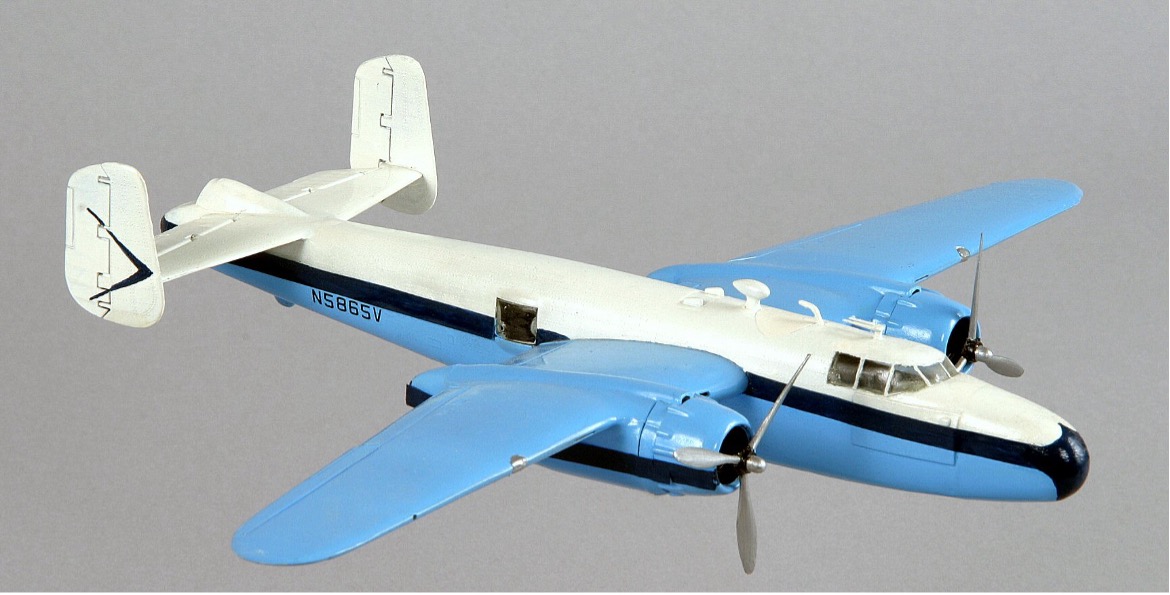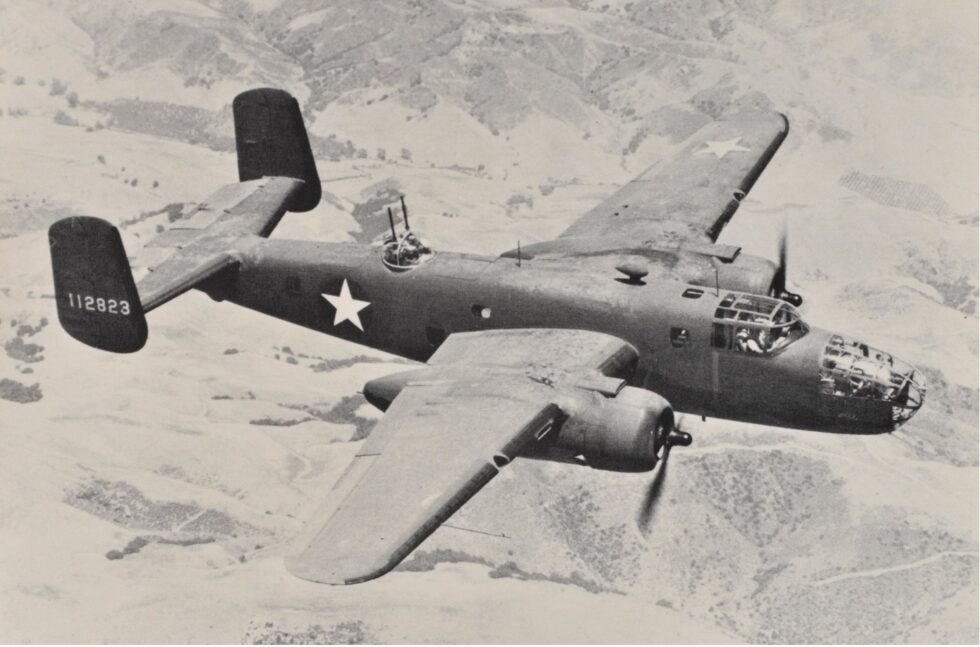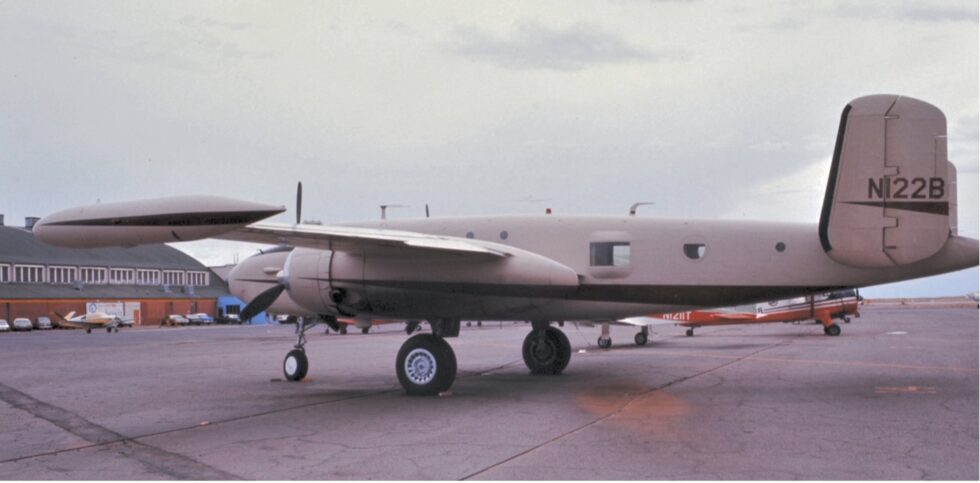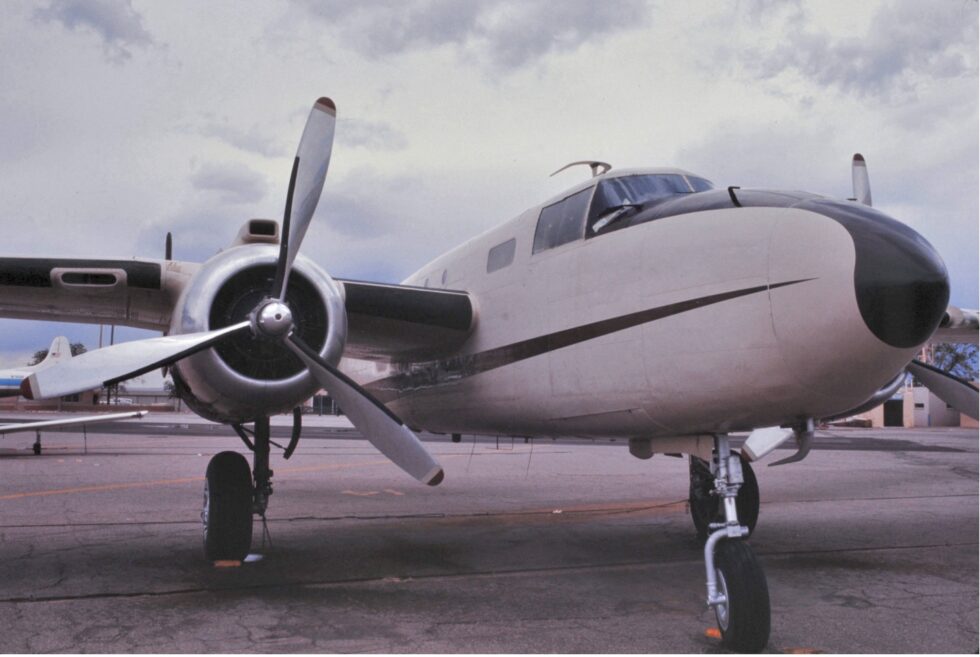Texas Instruments North American B-25J Mitchell

MODEL BY:
Texas Instruments
Model Scale:
1/72
MODEL ADDED:
06/26/1985
historical significance
First Albuquerque Visit: 1968
Additional Information:
The North American B-25 Mitchell was an American medium bomber that was introduced in 1941 and named in honor of Brigadier General William “Billy” Mitchell, a pioneer of U.S. military aviation. Used by many Allied air forces, the B-25 served in every theater of World War II. After the war ended many B-25’s remained in service for up to four decades. The aircraft was produced in numerous variants and at the end of the production nearly 10,000 B-25s were built,
Produced in Kansas City, the B-25J was a cross between the B-25D and the B-25H. The J series was the last factory production model of the B-25 and 4,318 were made.
Texas Instruments was founded by Cecil H. Green, J. Erik Jonsson, Eugene McDermott, and Patrick E. Haggerty in 1951. McDermott was one of the original founders of Geophysical Service Inc. (GSI) in 1930. McDermott, Green, and Jonsson were GSI employees who purchased the company in 1941. Texas Instruments incorporated as an American information technology company headquartered in Dallas, Texas. They design and manufacture semiconductors and various integrated circuits which it sells to electronics designers and manufacturers across the globe.
This North American B-25J was a civilian version of the aircraft and was reregistered as aircraft number N5865V. It was fitted with avionics, Doppler navigation and radar, and used in flight testing for Texas Instruments Co. and Aero Industries, Addison, TX, from 1968 until 1969. The aircraft used multi-sensors, black and white and color photography, infrared radar, and air dropped sensors to determine site suitability for airfield locations.
The tests were conducted in coordination with the Air Force Special Weapon Center (SWC) in Albuquerque. The SWC was headquartered at Kirtland AFB. Their mission was to provide an organization for development testing of special weapons, including atomic, biological, and chemical weapons, and to increase the efficiency of airborne vehicles to carry these weapons.
GALLERY:
SEARCH OUR DATABASE:



